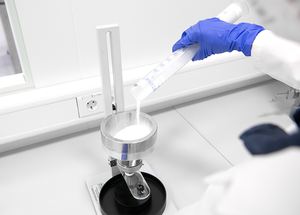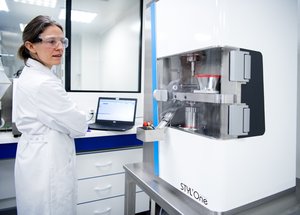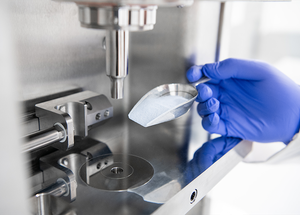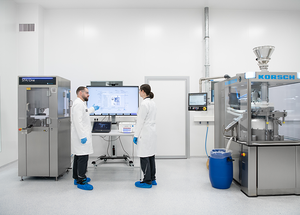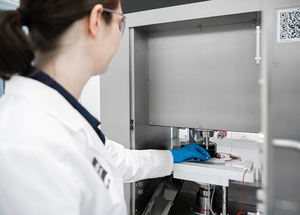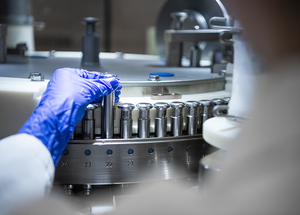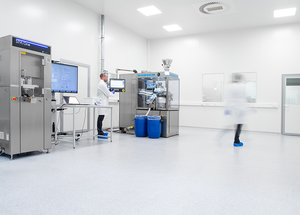Scientific papers
The objective of this study was to create a practical semi-mechanistic modeling framework for forecasting particle size changes during the wet bead milling of pharmaceutical nanosuspensions across various process conditions and scales. The model integrates factors such as process parameters, formulation specifics, and equipment characteristics including rotor speed, bead type, size, loading, active pharmaceutical ingredient (API) mass, temperature, maximum bead volume, blade diameter, distance from blade to wall, and efficiency. Key particle size metrics (x10, x50, and x90) were transformed to establish a linear correlation with time. The apparent breakage rate constant was formulated based on three models of increasing complexity: Model A, derived from microhydrodynamics, Model B, a simpler power-law model based on process parameters, and Model C, the simplest version pre-calibrated using data from various mills, scales, formulations, and drug products. Model C, being straightforward and computationally efficient, is anticipated to minimize experimental requirements for wet bead milling process development and optimization, facilitating smoother scale-up and/or scale-out procedures.
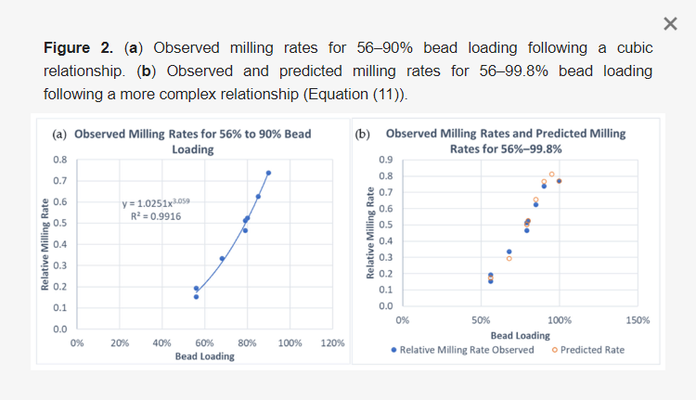
Comments
No comments posted yet.
Add a comment




